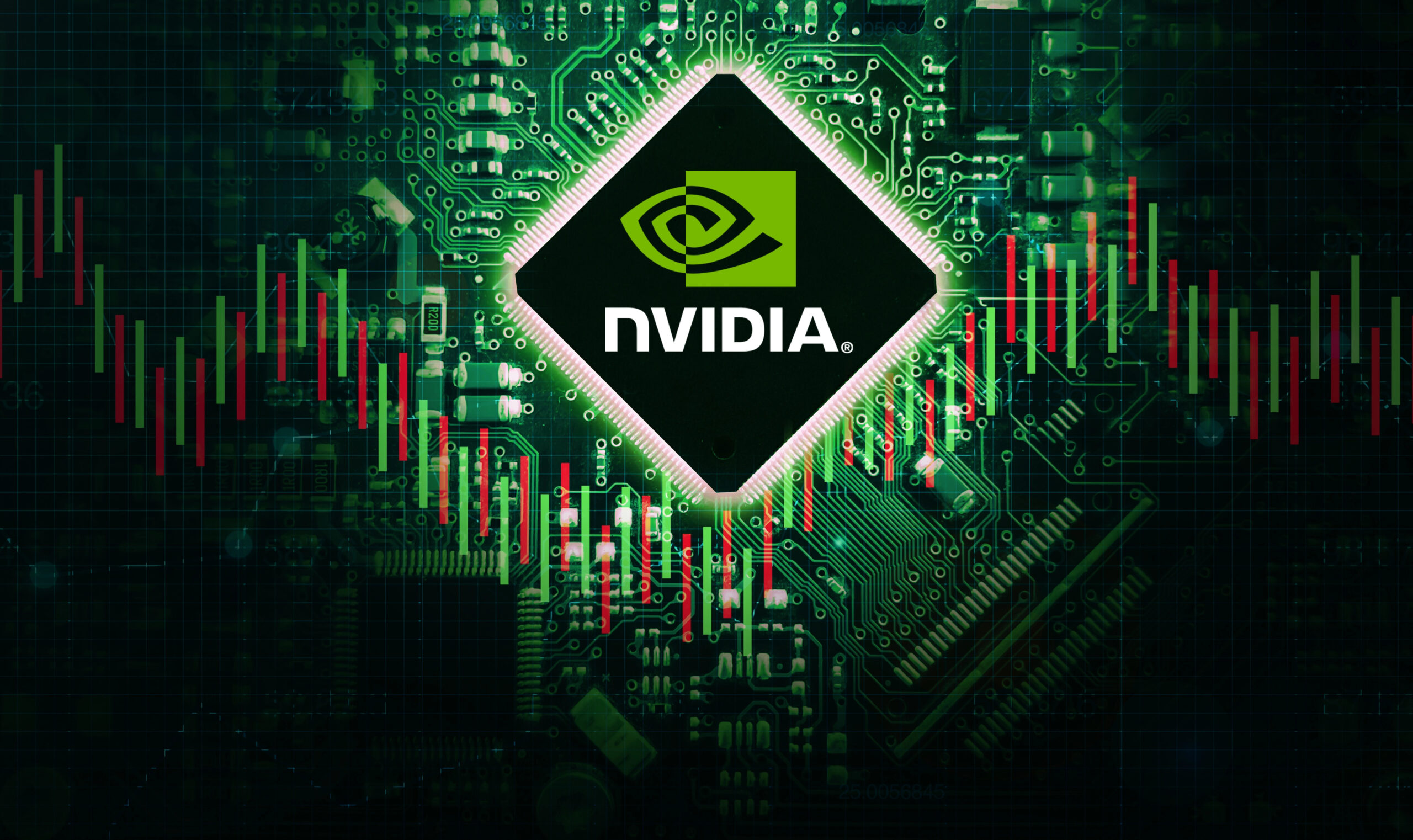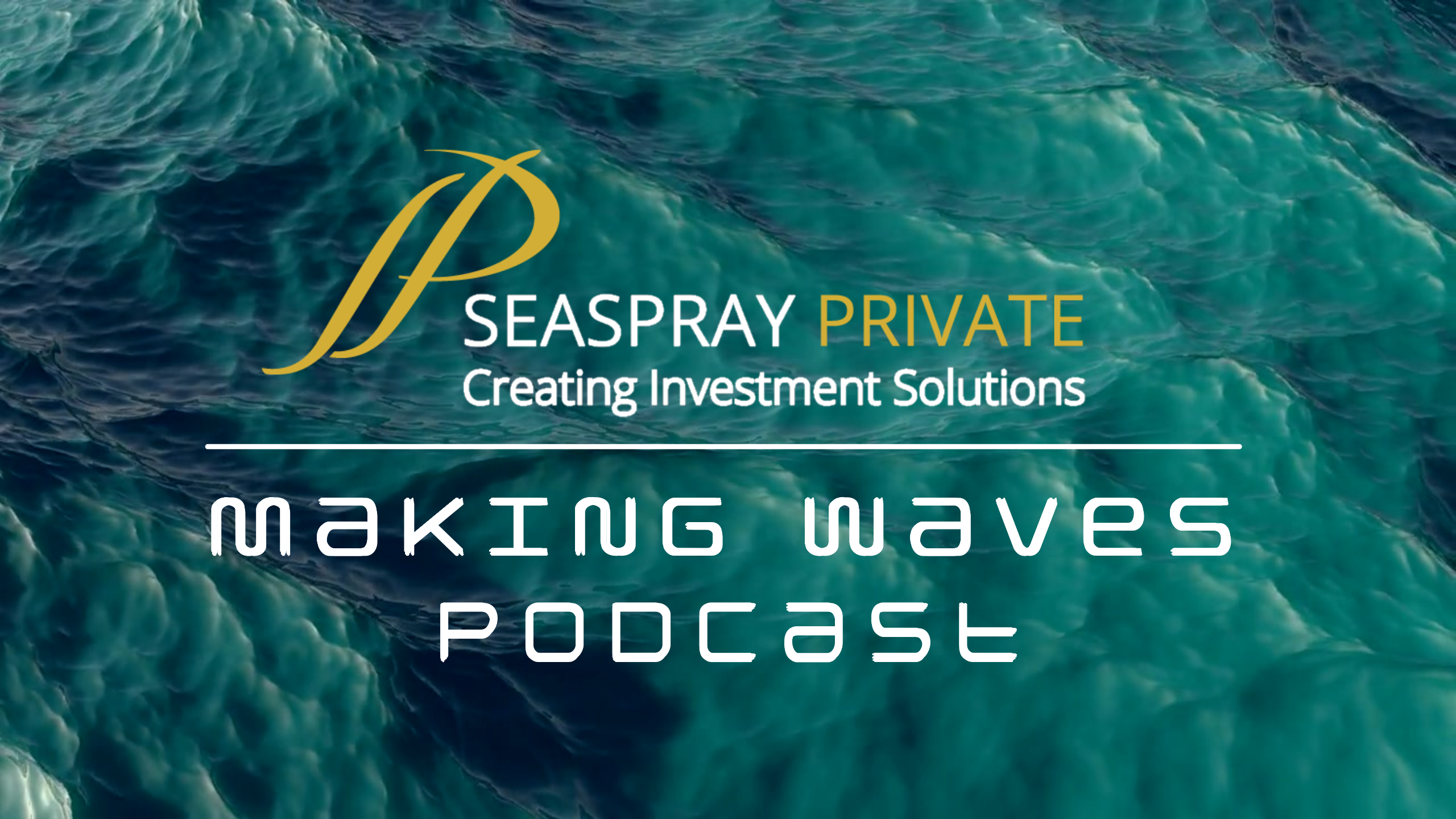In the United States, despite a poor start to the week, equity markets rebounded with some of their strongest sessions of the year following NVIDIA’s positive earnings on Wednesday, before retreating once again. The largest company in the world by market capitalisation reported its Q3 results amid growing uncertainty over AI valuations and concerns about a potential market bubble. There had been considerable anxiety in the market ahead of the release, with the Volatility Index reaching almost 24 at 9 p.m. on Wednesday night, highlighting the significance of these earnings for the broader market. However, NVIDIA once again delivered excellent numbers, helping to alleviate concerns, at least temporarily, over AI valuations and potentially setting the stage for a further rally in markets heading into Christmas. The company reported Q3 revenues of $57bn, comfortably ahead of estimates in the $55bn range. Importantly, revenues from its data centre segment also exceeded expectations, coming in at $51.2bn versus estimates of $49.3bn. Within that segment, $43bn was generated by its Compute division, which primarily relates to sales of Graphics Processing Units (GPUs), the core hardware driving the AI boom. NVIDIA’s strong results pushed other chipmakers higher, with AMD, Broadcom, and Oracle all rising more than 3% on Thursday. With the final earnings season of 2025 now completed, the S&P 500 reported its highest net profit margin in 15 years, with a blended margin of 13.1%, according to FactSet. This is particularly notable given the increased cost of doing business and earlier concerns that tariffs would weigh on corporate earnings. Additionally, there was a 33% decline in the number of companies citing “tariffs” in their Q3 earnings calls compared with Q2, suggesting that while tariffs may be affecting consumers individually, they have not had a materially negative impact on overall business performance. In corporate developments, Brookfield, one of the most prominent thematic asset managers, plans to raise $10bn for its new AI infrastructure fund, having already secured an initial $5bn from investors including NVIDIA, the Kuwait Investment Authority, and Brookfield itself. The fund aims to expand the asset manager’s footprint in AI by investing in data centres, power providers, and chip manufacturers. Meanwhile, xAI is expected to raise $15bn in a fresh equity round that would value the Elon Musk–founded AI firm at $230bn. Elsewhere, Nasdaq—operator of indices such as the Nasdaq 100—has agreed a deal with Singapore-based stock exchange SGX that will allow companies with market capitalisations above $1.5bn to list on both exchanges simultaneously. The move is intended to stem the rising number of delistings from SGX, which in recent years has seen more companies delist than initiate IPOs. It also gives Asian companies access to the US market while maintaining a presence in Singapore, which remains one of the largest equity exchanges in south-east Asia. For the week, the S&P 500 and Nasdaq both closed -2.03% lower.
In Europe, Equity markets declined during the early part of last week, tracking global losses driven by concerns over AI valuations. The EuroStoxx 50 and STOXX 600 fell to their lowest levels in more than a month between Monday and Tuesday, before stabilising on Wednesday. However, NVIDIA’s positive earnings on Wednesday night halted the decline and helped equities across the continent trade higher towards the end of the week. In corporate developments, it was a relatively quiet week in the EU, though UBS—one of Europe’s largest banks—reiterated that it will not be relocating its base of operations from Switzerland to the United States. This followed reports that the bank’s chair, Colm Kelleher, had discussed the possibility with US Treasury Secretary Scott Bessent. UBS has been at loggerheads with the Swiss government in recent months over proposed capital requirements for domestic banks. For the week, the EuroStoxx 50 and STOXX 600 closed lower, down –3.16% and –2.33% respectively.
In the United Kingdom, the FTSE 100 declined last week following consecutive days of heavy losses linked to global tech sell-offs. While the FTSE 100 does not have a significant weighting in technology stocks, the index still closed more than 1% lower on Tuesday due to wider market uncertainty. Domestically, banking and mining stocks were the weakest performers. HSBC and Barclays led declines midweek, while industrial names such as Shell and BP fell in response to lower oil prices. Although October’s inflation reading of 3.6% was welcomed, it was broadly anticipated and therefore had little effect on market movements. UK investors will now be looking ahead to this week’s Budget, due for release on Wednesday the 26th. For the week, the FTSE 100 closed -1.65% lower.






